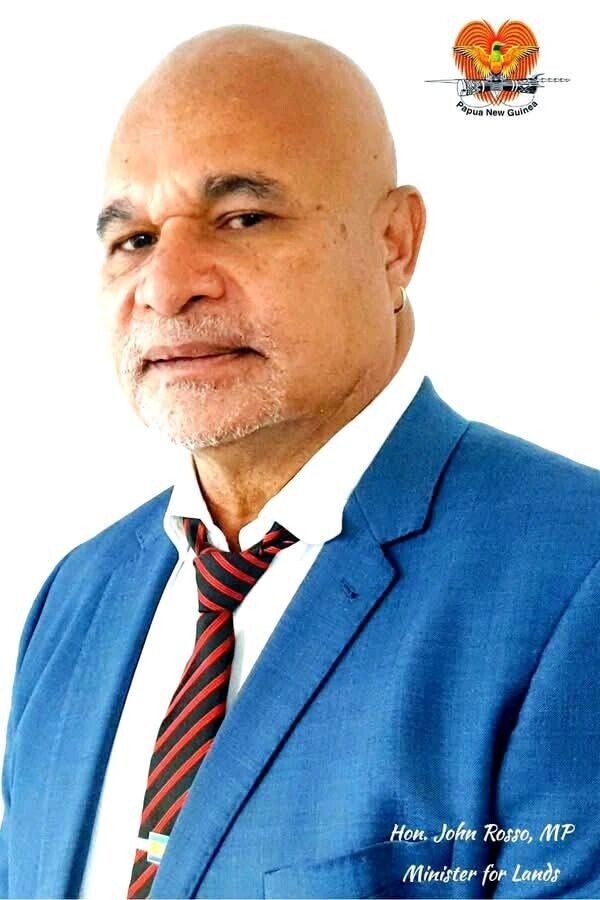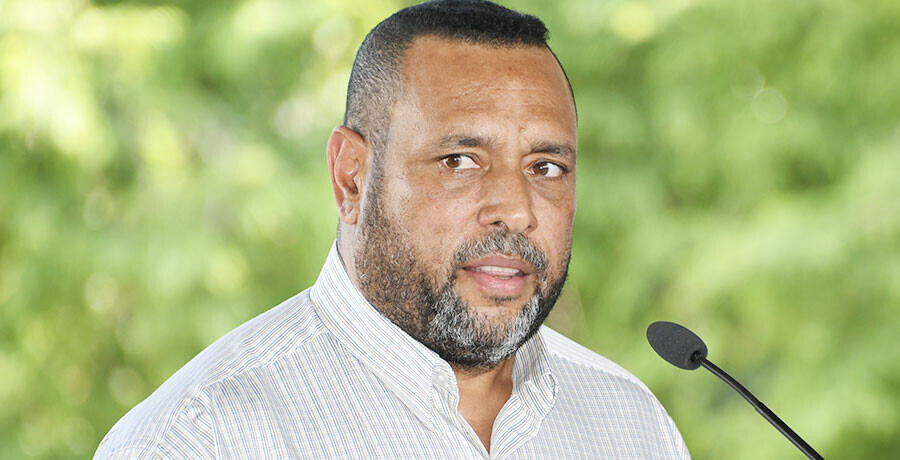Explore Papua New Guinea’s rich history of customary land ownership, shaped by communal ties, spirituality, and resilience against colonial disruption.
Customary Land Ownership in Papua New Guinea

III. Historical Context and Evolution of Customary Land Ownership
Indigenous Land Ownership Before Colonization
Before the arrival of colonial powers, Papua New Guinea (PNG) was characterized by a deeply entrenched system of indigenous land ownership, governed by traditional customs, oral histories, and spiritual beliefs. Land was an integral part of identity, community, and culture. It wasn’t just considered as resource.
Key Features of Pre-Colonial Land Ownership
1. Communal Tenure
Land was collectively owned by clans or tribes. Rights to use the land were distributed among members based on kinship and social obligations.
2. Sacred Connection
Land was viewed as a gift from ancestors, often imbued with spiritual significance. Sacred sites, burial grounds, and totems were tied to specific areas, strengthening the bond between land and community.
3. Dynamic Boundaries
Land boundaries were recognized through natural markers (rivers, mountains) and were maintained by mutual respect and oral agreements. Conflicts over land were rare and were resolved through traditional mediators such as elders or chiefs.
Land use practices revolved around subsistence farming, hunting, and fishing, with a strong emphasis on sustainability. The land was viewed as a trust for future generations, emphasizing a responsibility to care for it rather than exploit it. This perspective fostered a custodial relationship that prioritized sustainability and respect for the environment.
Traditional Knowledge and Land Use Practices
PNG’s indigenous populations practiced intricate systems of land management tailored to the country’s diverse ecological zones, ranging from highland forests to coastal regions.
1. Swidden Agriculture (Shifting Cultivation)
This practice involved rotating crops between fields, allowing the land to regenerate and remain fertile.
2. Agroforestry
Communities integrated farming with forest conservation, maintaining biodiversity while cultivating essential crops.
3. Customary Seasonal Use
Certain lands were designated for specific uses based on the seasons. This showcases a deep knowledge of ecological cycles. This careful planning demonstrates how intimately connected people were to their environment and its natural rhythms.
Traditional knowledge of land use was passed down orally. This ensured the transmission of sustainable practices and the preservation of cultural heritage.
Colonial Impact on Customary Land Ownership
The arrival of colonial powers in the late 19th and early 20th centuries marked a turning point in PNG’s land ownership systems. The colonial period saw the imposition of Western legal and economic frameworks, which often conflicted with customary practices.
1. Land Acquisition
Colonizers, including Germany in the north and Britain (later Australia) in the south, acquired land through treaties, forced sales, and outright appropriation. Much of this land became “alienated land,” designated for government use or European settlers.
2. Economic Exploitation
Land was used for plantations (cocoa, copra, coffee) and resource extraction, disrupting traditional land use patterns.
3. Erosion of Customary Systems
The introduction of cash economies and Western legal systems undermined communal land ownership, fostering disputes and weakening traditional authority.
The alienation of land created lasting inequalities, as many indigenous communities were excluded from fertile or resource-rich lands taken for colonial enterprises.
Imposition of Legal Land Systems
The colonial period introduced formalized land tenure systems that sought to replace or coexist with customary ownership. Key developments included:
1. Land Registration
Efforts to document and register land ownership introduced a bureaucratic system unfamiliar to most indigenous communities. The reliance on written records clashed with oral traditions.
2. Dual Land Tenure
A dual system emerged, with alienated land governed by colonial law and customary land remaining under traditional governance. This dichotomy created tensions that persist today.
3. Missionary Influence
Christian missionaries influenced land practices by promoting Western notions of private ownership and individual landholding.
The imposition of these systems often disregarded the complexity and adaptability of PNG’s customary land tenure. Colonial administrators failed to recognize the social and cultural dimensions of land ownership. Consequently, it has led to long-term challenges in integrating customary and statutory land systems.
Post-Colonial Recognition of Customary Land
When PNG gained independence in 1975, the government enshrined the recognition of customary land ownership in the Constitution, reflecting the importance of land to national identity and community welfare. The Land Act of 1996 reinforced these principles, affirming that customary land would remain outside formal market transactions unless voluntarily registered by landowners.
Efforts to reconcile customary and statutory systems continue to face challenges, including disputes over resource rights, land tenure security, and the integration of traditional practices into modern governance frameworks.
Contemporary Lessons from History
The historical evolution of land ownership in PNG accentuates the pliability of customary systems despite centuries of external pressures. Today, there is growing recognition of the need to:
· Strengthen the role of customary systems in sustainable land management.
· Address historical grievances related to land alienation.
· Develop legal frameworks that respect traditional practices while enabling economic development.
Understanding this history is essential for shaping policies that preserve PNG’s cultural heritage and promote inclusive development.
Related Posts
Decoding Customary Land Ownership In Papua New Guinea
Customary Land Ownership In Papua New Guinea: A Cultural And Economic Perspective
“Rethinking Judicial Power in Papua New Guinea” by Dr. Bal Kama
Read more news and stories here. Watch online news and documentaries about Papua New Guinea here.




